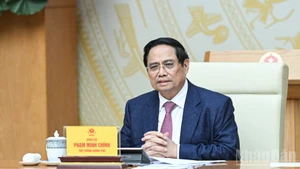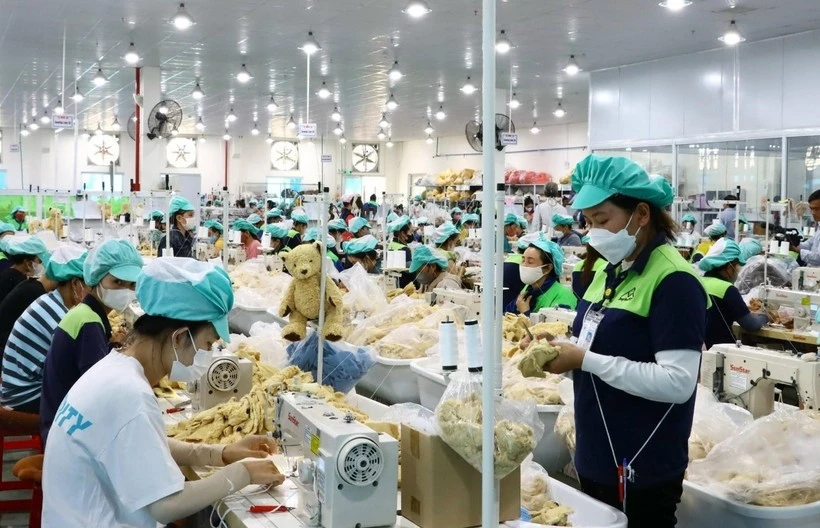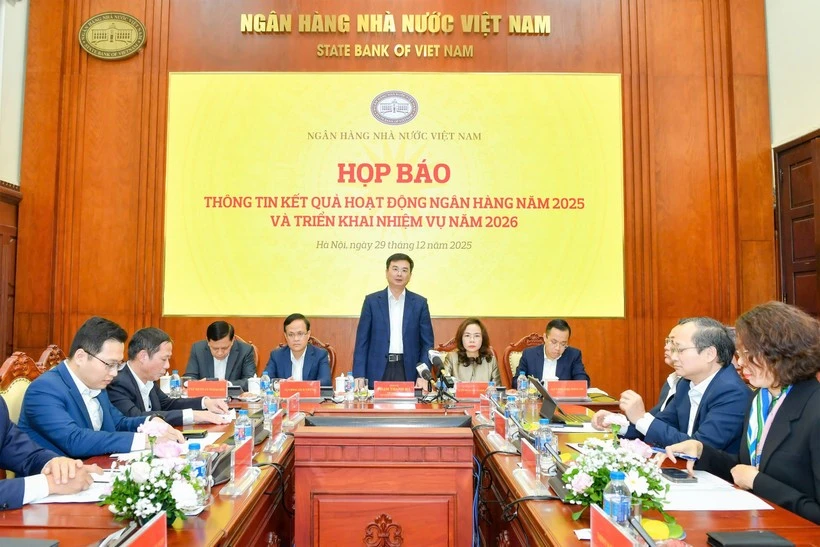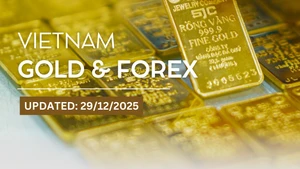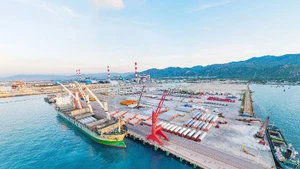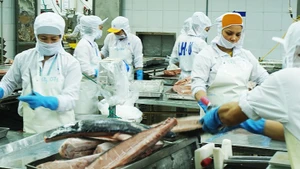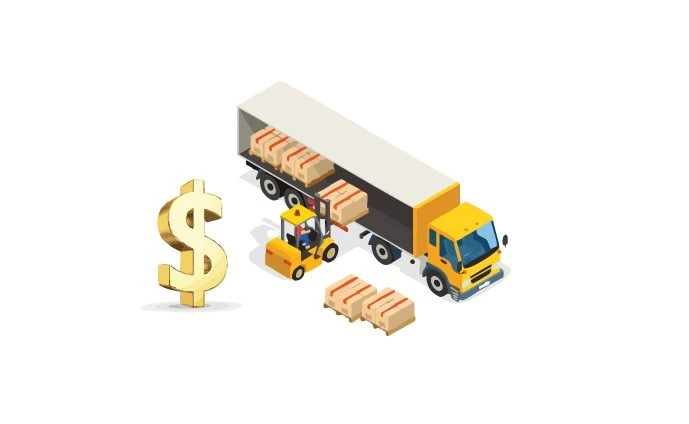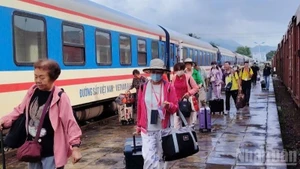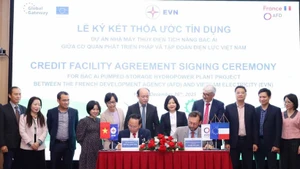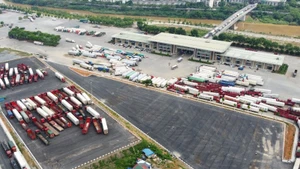Nguyen Thi Binh from Nam Dinh vividly recalls the 1980s, when she had to wake up every morning at dawn and carry a bamboo basket to queue in front of a state-run store. In her hand was her ration book — the only “ticket” to exchange for a few taels of meat or some rice for the whole family. “Even with money, you couldn’t buy anything, it all depended on coupons. On many days, when our turn ran out, the family had to eat cassava or sweet potatoes instead of rice.”
A historic turning point
It was not only households that suffered; enterprises too faced restrictions, deprived of autonomy under the centralised planned economy. Raw material shortages, limited capital, outdated equipment, and inflexible production quotas set by the state led to stagnation. Production stalled, goods were scarce, prices distorted, and many innovative ideas were suppressed, leaving no room for creativity or competition.
According to Dr. Nguyen Bich Lam, former Director-General of the General Statistics Office, following national reunification (1976), the state strictly applied the planning model, abolishing private enterprises and subsidising all socio-economic activities. National resources were strained, production collapsed, goods became scarce, and the market was distorted by dual pricing and a thriving black market. To cover fiscal deficits, the state had to print money excessively, triggering hyperinflation. In 1986, inflation skyrocketed to 453.5%, the currency devalued, and public trust was severely eroded.
Yet it was during this profound crisis of the early 1980s that the 6th National Party Congress in 1986 adopted the comprehensive Doi Moi policy, marking a historic turning point for Viet Nam’s economy. Previously, all production and distribution were confined within central planning. After Doi Moi, the country shifted entirely to a socialist-oriented market mechanism. People no longer relied on ration books for food, and enterprises were freed from state quotas; goods and services began to be determined by market prices. This was also the first step in opening Viet Nam to the outside world, gradually integrating with the region and beyond.
Through bold reforms in institutions, financial–monetary and trade policies, together with granting autonomy to enterprises and households, the economy quickly restored confidence, halted hyperinflation, and created momentum for three decades of continuous growth. Core measures included abolishing the rationing system, adopting market pricing, reforming the banking system to curb money over-issuance, encouraging private enterprise, and opening up to foreign capital and technology.
As a result, within just a few years, Viet Nam tamed hyperinflation and shifted from stagnation and crisis to a dynamic growth trajectory. While per capita GDP in 1990 was only about USD 98, by 2024 it had surpassed USD 4,600. Tens of millions of people were lifted out of poverty and the economic structure shifted strongly from agriculture to industry and services — Viet Nam had officially entered the group of middle-income countries.
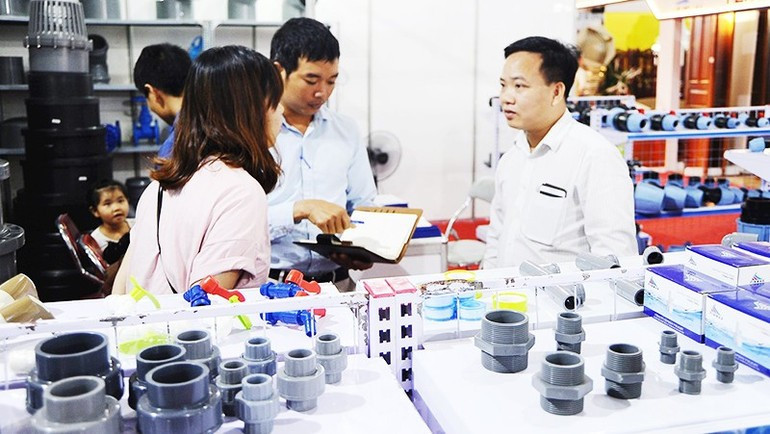
Opening door to integration
Not merely overcoming crisis, Dr. Nguyen Bich Lam noted that Doi Moi also opened the door to international integration. From the early 1990s, Viet Nam normalised diplomatic relations, joined ASEAN (1995), signed multiple free trade agreements, and especially became a member of the World Trade Organisation (WTO) in 2007. These milestones brought Viet Nam’s economy closer to regional and global markets. Exports, which stood at only a few billion USD in the early 1990s, surpassed 350 billion USD in 2024. A massive inflow foreign direct investment (FDI) fostered key industries such as electronics, textiles, footwear, and wood processing.
“This integration process was both an opportunity and a test of the economy’s adaptive capacity. On the one hand, it enabled Viet Nam to leverage larger markets and external capital and technology. On the other, it posed fierce competition, compelling enterprises and institutions to innovate continuously or risk falling behind.”
According to Dr. Phan Phuong Nam, Deputy Head of the Faculty of Commercial Law at Ho Chi Minh City University of Law, international integration is not simply about opening markets; more profoundly, it has become a driver forcing Viet Nam to reform its legal system to align with global rules.
Every free trade agreement (FTA) or international commitment that Viet Nam signs comes with strict legal requirements. From joining the WTO in 2007 to engaging in next-generation FTAs such as the Comprehensive and Progressive Agreement for Trans-Pacific Partnership (CPTPP), the EU–Viet Nam Free Trade Agreement (EVFTA), and the Regional Comprehensive Economic Partnership (RCEP), the domestic legal framework has been continuously updated with hundreds of laws on investment, trade, intellectual property, environment, and labour. This process has brought Viet Nam’s legal framework closer to international standards, creating a more transparent and stable business environment.
“In practice, major export items such as steel, shrimp, tra fish, wood, and more recently batteries, have faced trade defence cases in the US, EU, or India. Thanks to an increasingly complete legal framework, Vietnamese enterprises have grounds to litigate, defend, and protect their legitimate interests.”
The second Doi Moi
With the achievements made, Dr. Phan Phuong Nam argued that the most important lesson from 80 years of Viet Nam’s economic development is the ability of institutions and policies to adapt to socio-economic changes, a factor that strengthens resilience and lays the foundation for sustainable growth. This ability not only helps Viet Nam overcome shocks from the global market and economy, but also goes hand in hand with international integration, fostering long-term growth, expanding exports, and attracting foreign investment.
However, to sustainably and independently achieve the goal of becoming a high-income country by 2045, Viet Nam must focus on three key “breakthroughs.” First, developing high-quality human resources through science, technology, engineering, and mathematics (STEM) and digital skills, shifting growth from cheap labour to knowledge-based, ensuring economic autonomy. Second, investing in high and clean technologies, such as artificial intelligence (AI), the Internet of Things (IoT), semiconductors, and renewable energy, to boost productivity, join global value chains, and reduce environmental impacts. And third, promoting innovation and technology transfer from FDI to the private sector, enhancing domestic capacity, and reducing dependence on foreign capital.
“These three pillars will help Viet Nam achieve sustainable development, high income, and economic self-reliance, avoiding the ‘middle-income trap’.”
According to Dr. Nguyen Bich Lam, to cope with unpredictable fluctuations and realise the aspiration of building a prosperous, strong, democratic, equitable, and civilised Viet Nam, the Vietnamese Party and State have initiated a “second Doi Moi,” focusing on reforming the political system in tandem with the economy, and renewing national development thinking and governance. The Politburo directs streamlining the apparatus for efficiency and effectiveness, clarifying functions between agencies and organisations, and reorganising administrative boundaries to align economic development space with governance, unlocking resources, and driving local development.
Accordingly, fiscal policy reforms are advancing along four pillars: building a flexible medium-term fiscal framework, maintaining discipline and assessing spending efficiency; reforming a fair and effective tax system; restructuring public spending with priority on high-quality investment and innovation; and implementing performance-based budgeting, advancing green, inclusive, and digital finance.
“After 80 years of transformation, from a centralised planned mechanism to a deeply integrated market economy, Viet Nam has demonstrated its adaptability, innovation, and aspiration to rise. These valuable lessons also provide a solid foundation to further advance the second Doi Moi, aiming for sustainable, innovative, and self-reliant development in the new era,” Dr. Nguyen Bich Lam emphasised.

